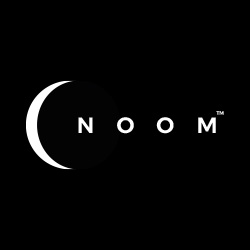Semba is a traditional music and dance genre originating from Angola in the early 17th century. Its name is derived from the word “massemba,” which means “a touch of the bellies” in Kimbundu, reflecting the way dancers connect through their movements. Semba was initially performed in rural areas as part of celebrations and community gatherings, reflecting the joys and hardships of daily life. Over time, Semba became a symbol of Angolan cultural identity, influencing other genres like Kizomba and Kuduro.
Semba’s Music and Dance
Semba music is characterized by lively rhythms, guitar melodies, and upbeat, energetic movements. The dance itself involves quick steps and playful, sometimes humorous, interactions between partners. It is often compared to Brazilian Samba due to their shared African roots, but Semba maintains a distinctly Angolan flavor, with a focus on storytelling through movement. Dancers move with agility, synchronizing their movements with the fast, infectious beats of the music.
Influence on Modern Genres
Semba has deeply influenced many modern Angolan genres, particularly Kizomba, which emerged as a slower, more sensual version of Semba. As Angola’s cultural and musical exports gained popularity worldwide, Semba became an important part of the country’s cultural identity, resonating not only in Angola but across the African diaspora and beyond. Today, Semba continues to be performed at celebrations and festivals, preserving the traditions of Angolan music and dance while evolving through modern interpretations.








Leave a Reply